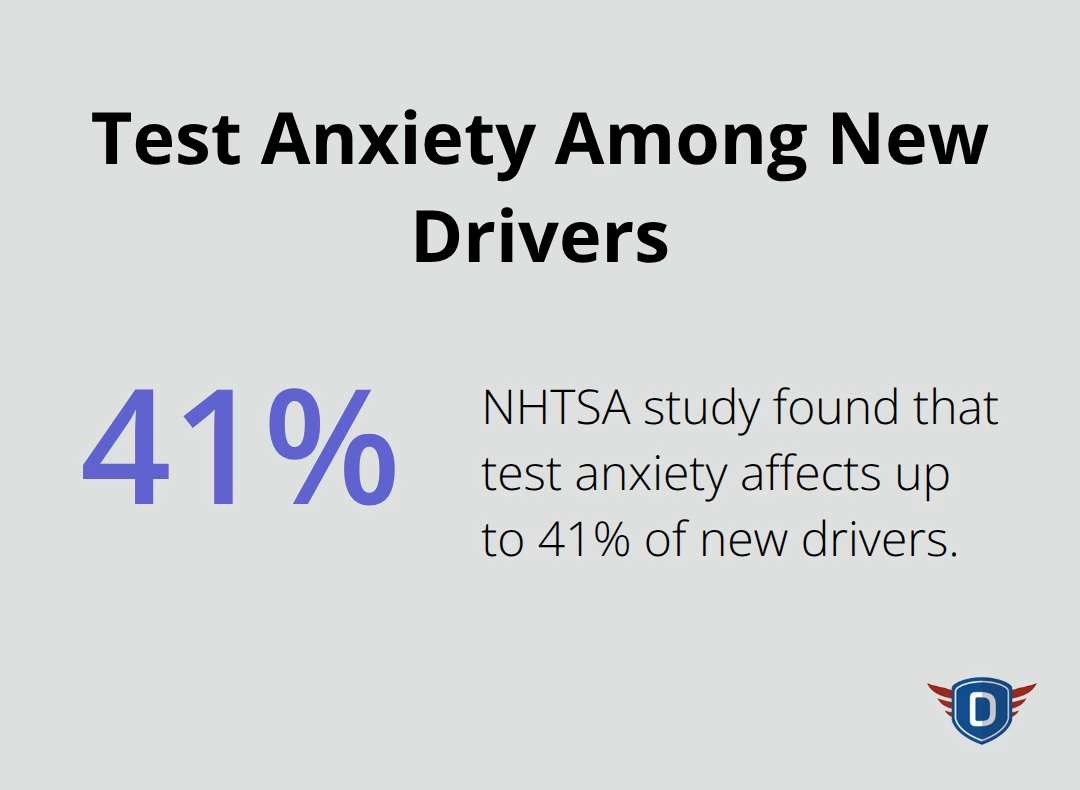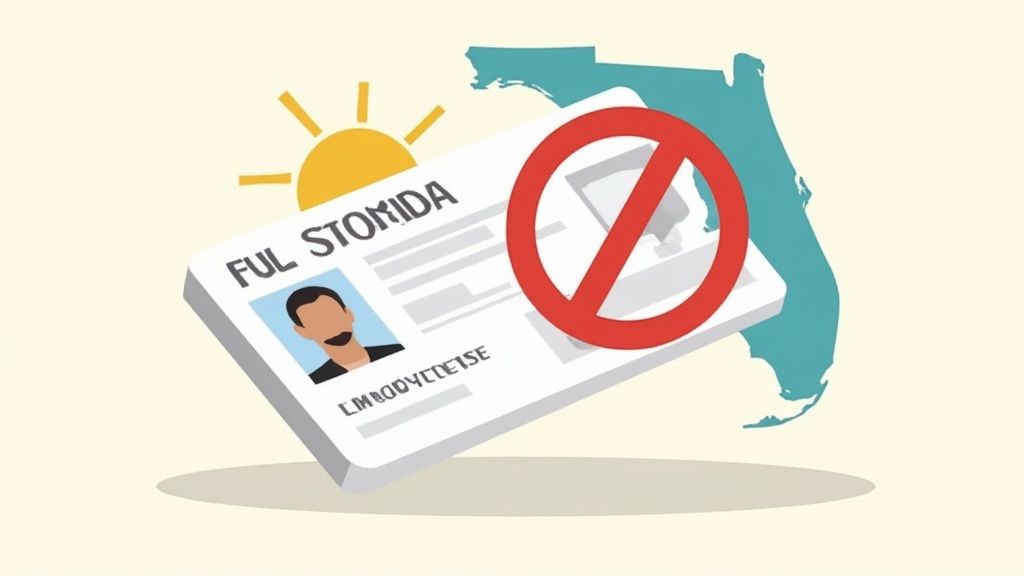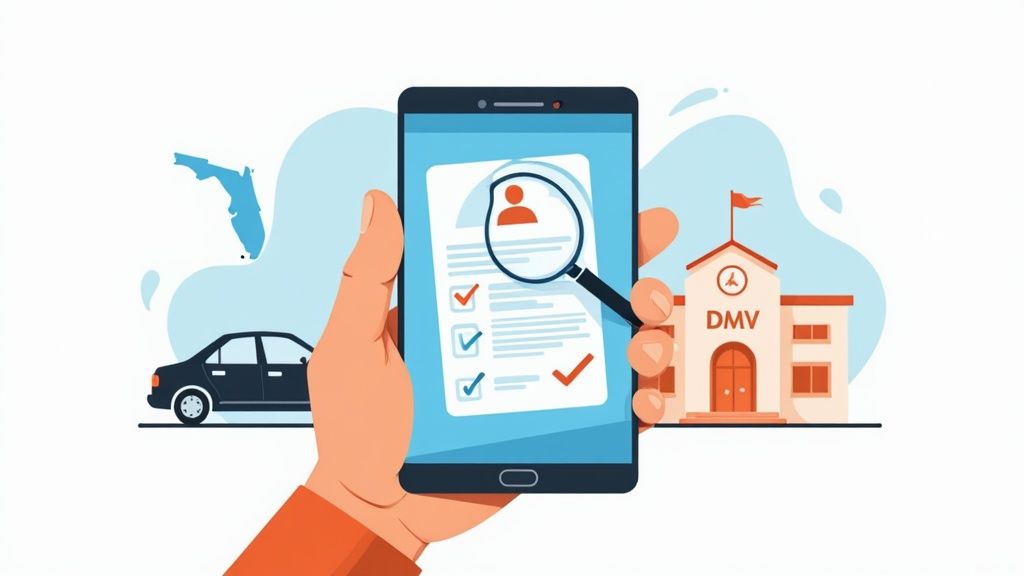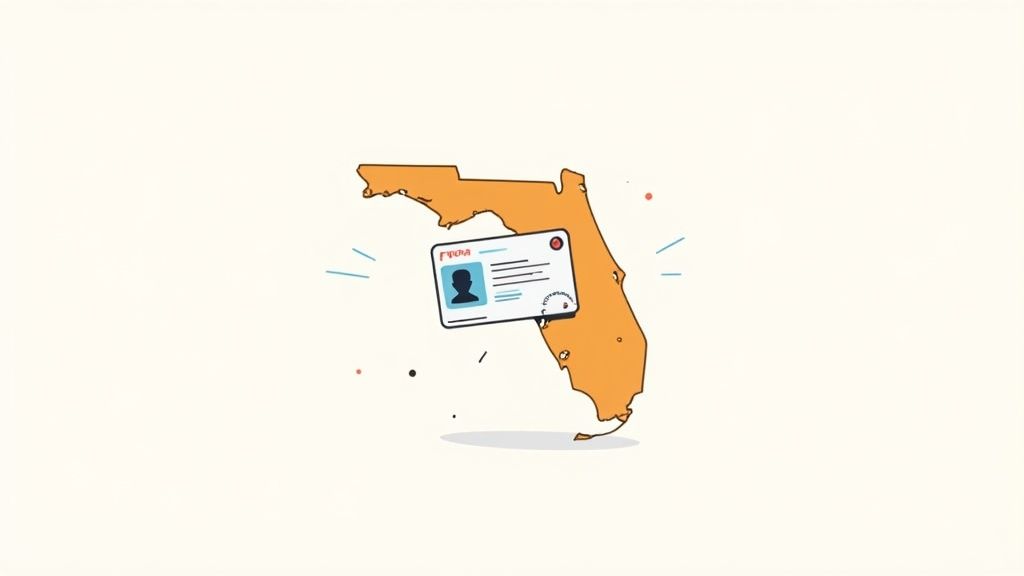Are you nervous about your upcoming driver’s road test? At DriverEducators.com, we understand the pressure you’re feeling.
Learning how to pass a driver’s road test can be challenging, but with the right preparation and mindset, you can ace it. In this guide, we’ll walk you through the essential steps to succeed on test day and earn your driver’s license.
How to Prepare for Your Road Test
Schedule Your Test and Gather Documents
The first step to pass your driver’s road test is to schedule it with your local Department of Motor Vehicles (DMV). Select a date that allows you at least a month to prepare. After setting the date, collect all necessary documents. These typically include your learner’s permit, proof of identity, and evidence of completed driver’s education courses. Visit your state’s DMV website for a complete list of required documents (this will help you avoid last-minute surprises).
Practice in Various Conditions
Consistent practice is essential for road test success. Try to drive in different conditions and scenarios. This includes driving at various times of day, in different weather conditions, and on diverse types of roads.
Review Traffic Laws and Road Signs
A solid understanding of traffic laws and road signs is vital. Dedicate time to study your state’s driver’s handbook. Focus on right-of-way rules, speed limits, and traffic sign meanings. Many states offer online practice tests, which can help you assess your knowledge and identify areas that require more study.
Explore the Test Area
If possible, try to become familiar with the area where your test will occur. While exact routes may not be disclosed, practicing in the general vicinity can increase your comfort on test day. Pay attention to any unique road features or traffic patterns in the area.
Invest in Professional Instruction
Consider enrolling in a professional driving course. At DriverEducators.com, we offer comprehensive driver education programs tailored to provide an excellent learning experience. Our certified instructors offer personalized guidance, ensuring you master the necessary skills to navigate roads safely and pass your test with confidence.
As you complete these preparation steps, you’ll build the skills and knowledge needed for your road test. Next, let’s look at what you can expect during the actual test.
What Happens During a Driver’s Road Test?
The Pre-Drive Vehicle Inspection
Your road test begins before you start the engine. The examiner will conduct a pre-drive vehicle inspection to ensure your car meets safety standards. They’ll check your lights, turn signals, horn, and windshield wipers. Make sure these components function properly before your test. The examiner might also ask you to identify and explain various controls in the car, such as the defroster or emergency brake.
Essential Driving Skills Demonstration
During the test, you’ll perform several common driving maneuvers:
- Backing up in a straight line
- Parallel parking
- Three-point turn
- Stopping quickly and safely
- Changing lanes
- Navigating intersections
Practice these skills extensively before your test. Nearly half of Americans (49%) have parallelophobia, or the fear of parallel parking, so allocate extra time to perfect this skill.

Observation and Decision-Making Assessment
Your examiner will evaluate your observation skills and decision-making abilities throughout the test. They’ll watch to see if you:
- Check your mirrors regularly
- Maintain proper following distance
- Yield right-of-way appropriately
- Obey all traffic signs and signals
- Adjust your speed according to conditions
The examiner assesses not just your ability to operate a vehicle, but also your capacity to do so safely and responsibly.
Potential Automatic Fail Conditions
While minor mistakes may only result in point deductions, certain actions can lead to an automatic fail:

Understanding these test components will help you prepare effectively. In the next section, we’ll share essential tips to boost your chances of success on test day.
How to Ace Your Road Test
Master Your Nerves
Anxiety can significantly impact your performance during the road test. A study by the National Highway Traffic Safety Administration (NHTSA) found that test anxiety affects up to 41% of new drivers. To combat this, try deep breathing exercises before and during your test. Take slow, deep breaths, inhale for four seconds and exhale for four seconds. This technique can help lower your heart rate and reduce stress levels.

Perfect Your Signaling and Lane Positioning
Proper signaling and lane positioning are important aspects of safe driving that examiners pay close attention to. Always signal at least 100 feet before you turn or change lanes. When you position your vehicle in a lane, try to keep it centered. Lane Position 3 is the right side of the lane, which allows for the best separation from obstacles on the left and helps to improve your line of sight.
Heighten Your Situational Awareness
Examiners look for drivers who are constantly aware of their surroundings. Develop a scanning pattern where you check your mirrors every 5-8 seconds. The SIPDE method (Scan, Identify, Predict, Decide, and Execute) forms a comprehensive framework for defensive driving. This systematic approach helps you anticipate potential hazards and react appropriately.
Follow Traffic Laws Strictly
Adhere to all traffic laws and speed limits during your test. Pay special attention to school zones (where speed limits are often lower) and construction areas. The Insurance Institute for Highway Safety (IIHS) reports that speeding is a factor in 26% of all traffic fatalities, highlighting the importance of speed management.
Communicate Clearly with Your Examiner
Clear communication with your examiner is key to a successful road test. Listen carefully to their instructions and ask for clarification if needed. If you’re unsure about a direction, it’s better to ask than to make a wrong move. Speak clearly and confidently when responding to questions or acknowledging instructions.
Final Thoughts
Passing a driver’s road test requires thorough preparation and practice. You must master essential driving skills, understand traffic laws, and build confidence behind the wheel. The more time you spend driving in various conditions, the better equipped you’ll be to handle the challenges of the test.
Mental preparation plays a significant role in your success. Stay calm, take deep breaths, and trust in your abilities on test day. Your confidence will impress the examiner and boost your performance (this mindset will serve you well throughout your driving career).
At DriverEducators.com, we support you in your journey to become a safe and confident driver. Our driver education programs and experienced instructors provide the guidance you need to pass your driver’s road test. With the right preparation, you’ll ace your test and start your lifetime of safe driving.





